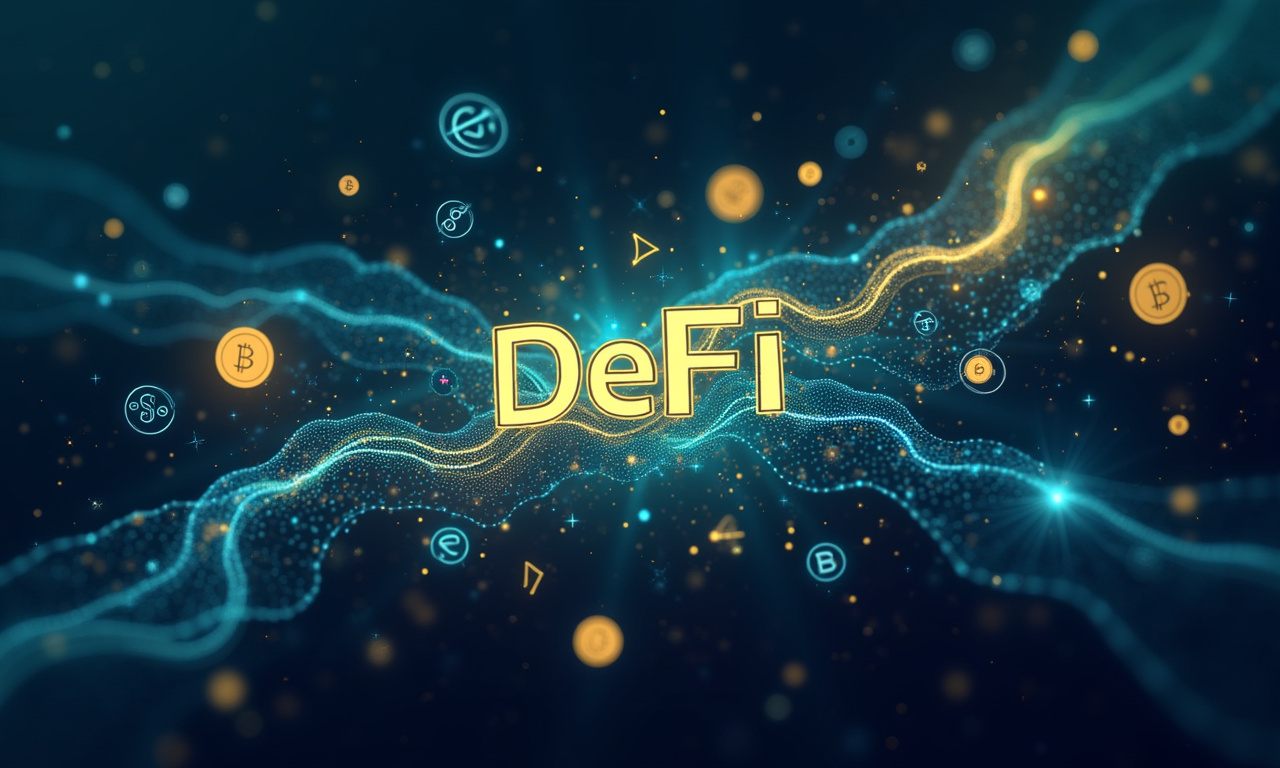OFA Group is already causing a stir with its recent $100 million infusion into the crypto space. This isn't just throwing money at the latest meme coin. It's a calculated move involving Bitcoin, Solana, and Sui. But what's the big deal? And why these three cryptocurrencies in particular? OFA’s strategy is much more straightforward and something we can readily unpack. If you’re unfamiliar with crypto, that’s okay—we’ll walk you through everything.
This transaction accelerates OFA Group’s previously announced $100 million equity facility with Atsion Opportunity Fund LLC. Secondly, they’re being guided by specialists at Bitwise, one of the leading digital asset managers. This new partnership with Bitwise is an exciting development that will add institutional expertise to OFA’s crypto treasury management. It signals that OFA isn't just dabbling; they're serious about managing their crypto assets responsibly, including custody and risk management. The shift is intended to increase overall capital efficiency, better diversify the portfolio, and reaffirm OFA’s position as leaders in blockchain technology. They’re in it for the long run. They’re looking to hedge for their own long-term growth and protect themselves against traditional financial uncertainties, like inflation. This equity facility may eventually grow to $200 million. This expansion is evidence of OFA’s commitment to their strategy of spending big on their own digital property, such as Bitcoin.
Why Bitcoin?
Bitcoin is the granddaddy of crypto. It’s first, it’s most famous, and it’s often thought of as a store of value, sort of like digital gold. Given the crypto markets’ volatility, OFA probably views Bitcoin as the safest choice.
- Store of Value: Bitcoin's limited supply (only 21 million will ever exist) makes it attractive as a hedge against inflation.
- Institutional Acceptance: More and more big companies are starting to hold Bitcoin, further legitimizing it as an asset class.
- Potential ETF Approval: The potential approval of Bitcoin ETFs by the SEC could open the floodgates for even more investment from retail investors. Experts predict Bitcoin could hit $77,000 by the end of 2024 and $123,000 by the end of 2025, and Bernstein, a US investment bank, predicts that Bitcoin could more than triple in value, reaching $150,000 by 2025.
Solana: Speed and Scalability
Solana is all about speed. It's designed to handle a massive number of transactions quickly and cheaply, making it a popular platform for decentralized applications (dApps).
- High-Speed Transactions: Solana can process around 50,000 transactions per second (TPS), which is much faster than many other blockchains.
- Low Transaction Costs: The average transaction fee on Solana is incredibly low, often less than a penny.
- Innovative Technology: Solana uses a unique "Proof of History" (PoH) consensus mechanism and "Sealevel" for parallel smart-contract execution, boosting its speed and efficiency. Turbine also breaks data into smaller pieces for faster propagation, maintaining Solana's speed and scalability.
What makes Solana unique is the fact that it’s very fast and very cheap. This makes it incredibly attractive for use cases such as decentralized finance (DeFi) and NFTs. Implicit in OFA’s ambitions may be the belief that Solana will play a large role in the future of dApps and Web3.
Sui: The New Kid on the Block(chain)
Sui, a relatively new blockchain, is intentionally built for managing digital assets quickly and securely at scale. That makes it especially ideal for high-frequency use cases such as gaming, trading and payments.
- Low Latency and High Throughput: Sui's architecture enables efficient, low-latency, and rapid digital asset management.
- High-Performance Validators: Validators' rewards tie directly to delegated SUI, incentivizing high performance. Holders can also earn rewards through delegation.
- Potential for Growth: Sui's ecosystem and network effects may grow, increasing the value of SUI tokens.
Sui pursues a radically different concept application of blockchain technology which facilitates extreme transaction speeds. OFA’s investment of this scale into Sui indicates their confidence that it will be one of the key platforms to disrupt the digital asset space. It's important to note that over 50% of SUI's supply will not be unlocked until after 2030, and token supply inflation could still be a headwind to valuation.
Diversification is Key
OFA’s strategy isn’t just about picking the biggest, best-connected statewide winners. It’s about diversification. By investing in Bitcoin, Solana, and Sui, they're spreading their risk across different types of crypto assets with different use cases.
- Diversification across use cases: Bitcoin is often considered a store of value and a hedge against inflation, while Solana is a fast and scalable smart contract platform, and Sui is a decentralized, open-source blockchain platform.
- Risk profile diversification: Bitcoin is considered a relatively low-risk asset, while Solana and Sui are considered higher-risk assets due to their smaller market capitalization and more complex technologies.
- Correlation reduction: Historically, Bitcoin has been relatively uncorrelated with other assets, while Solana and Sui may be more correlated with each other due to their similar use cases and technologies.
Here are some key things to keep in mind about diversification:
- Invest in assets with different risk profiles: Distribute investments across large, medium, and small-cap crypto assets and give them appropriate weightings.
- Pick the right number of assets: While there is no magic number that tips the scales of diversification, if an investor is unable to stay up to date with important movements, updates, and news for each of their assets, then they might have one too many in their portfolio.
OFA has taken a very ambitious $100 million gamble on just that. This major step indicates that institutional investors are growing more confident and interested in digital assets. By strategically investing in Bitcoin, Solana, and Sui, OFA is positioning itself for long-term growth in the evolving world of blockchain technology. They’re not just riding the hype train, they’re positioning themselves for success by making calculated plays — focusing in on the unique strengths and potential of each cryptocurrency.




